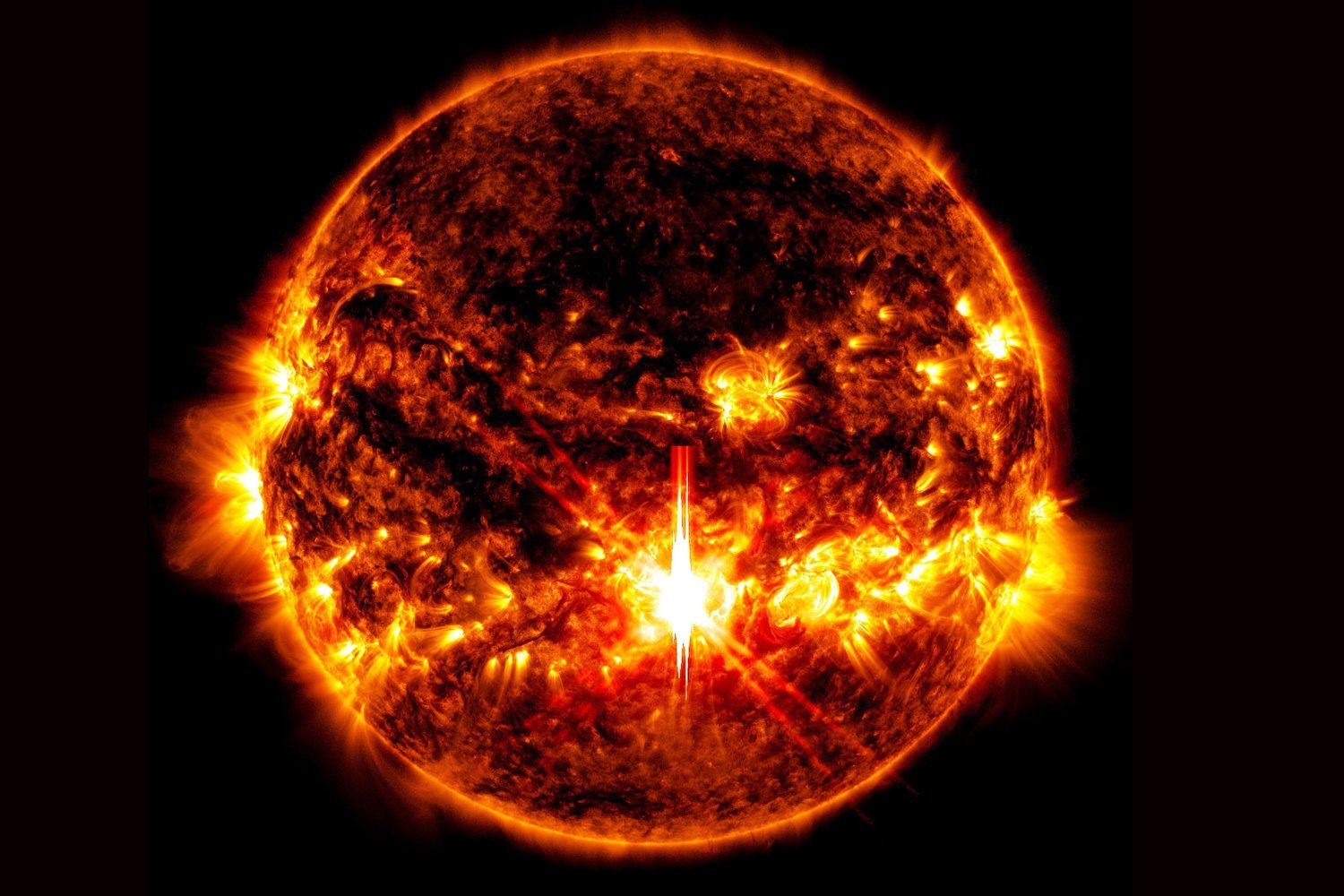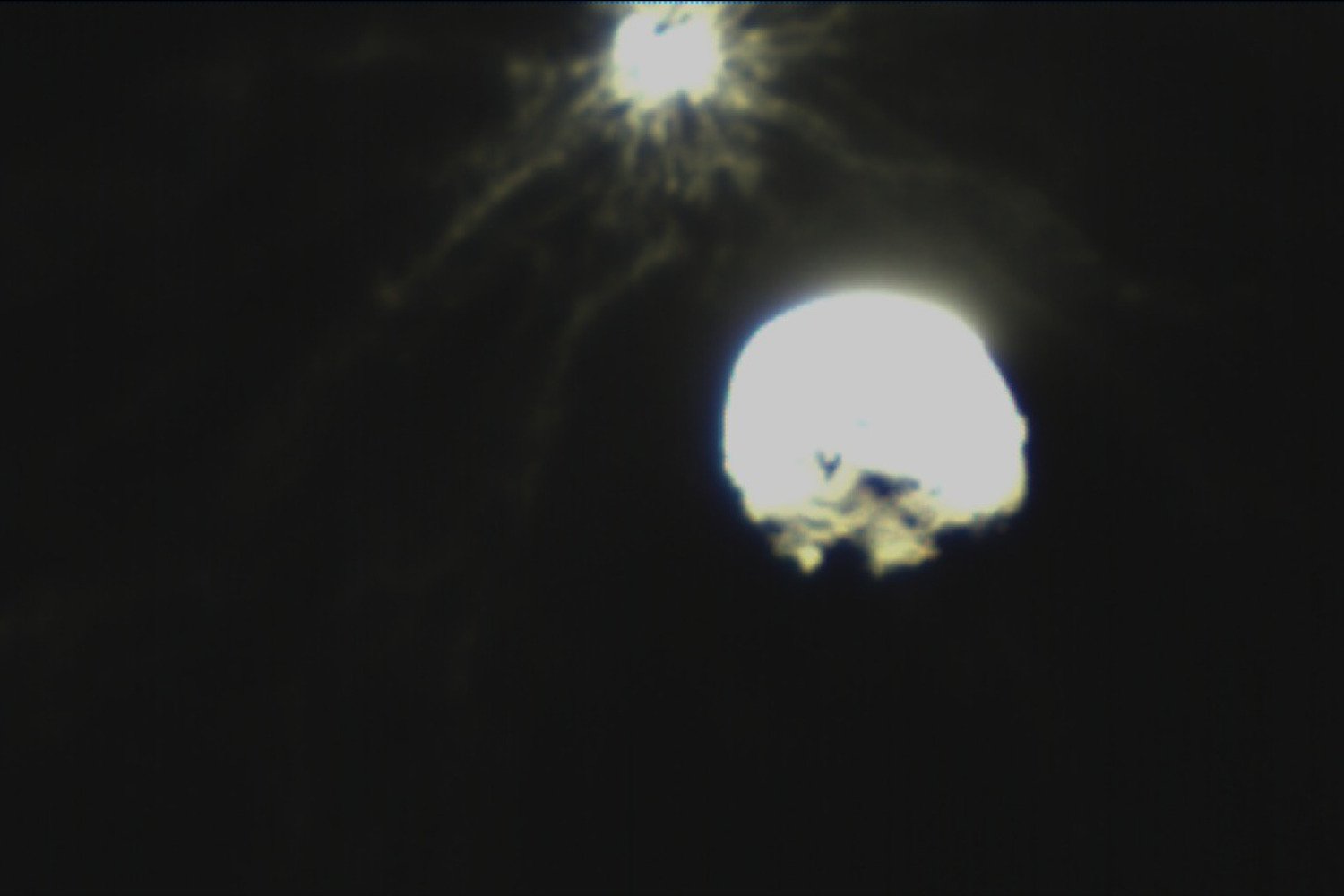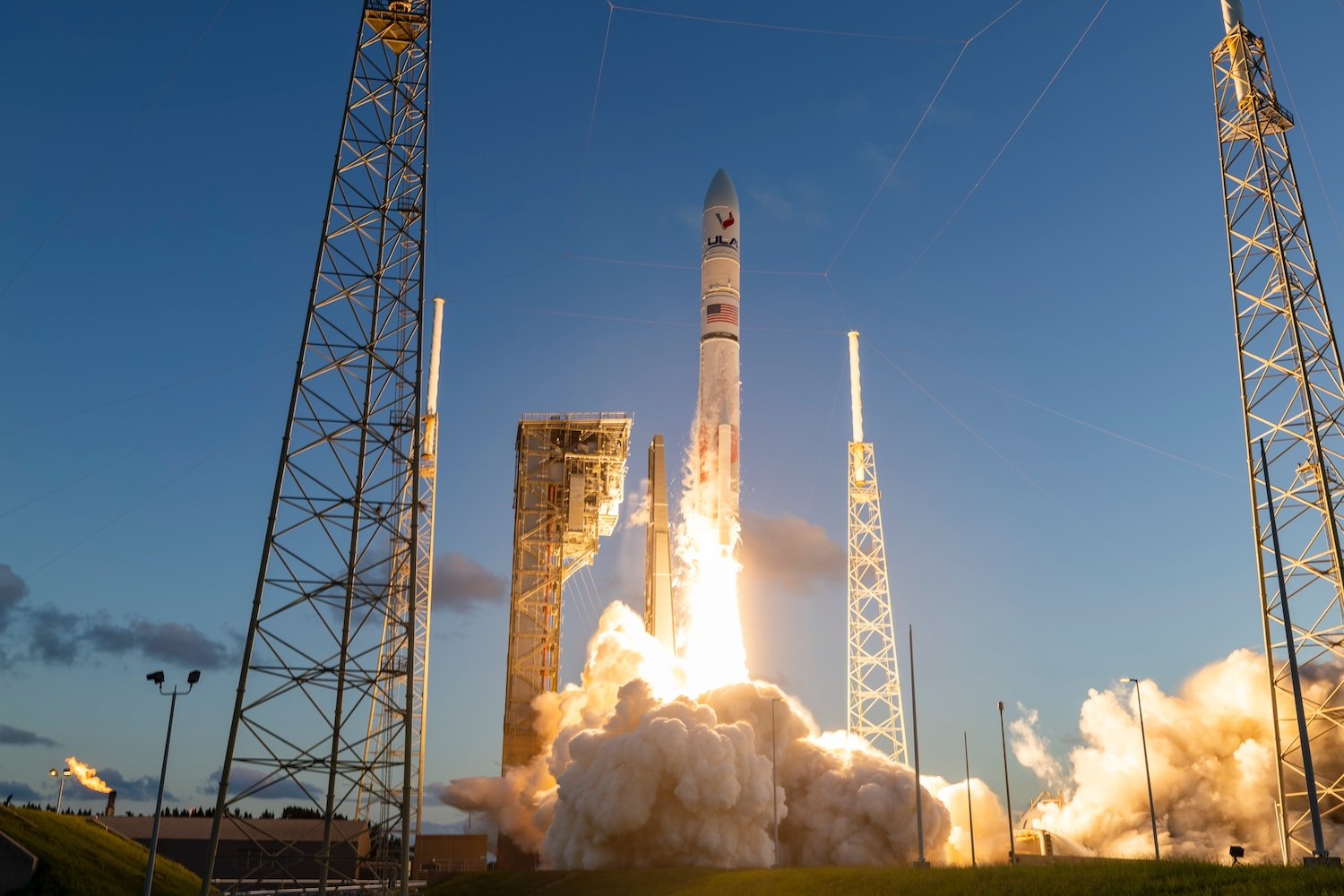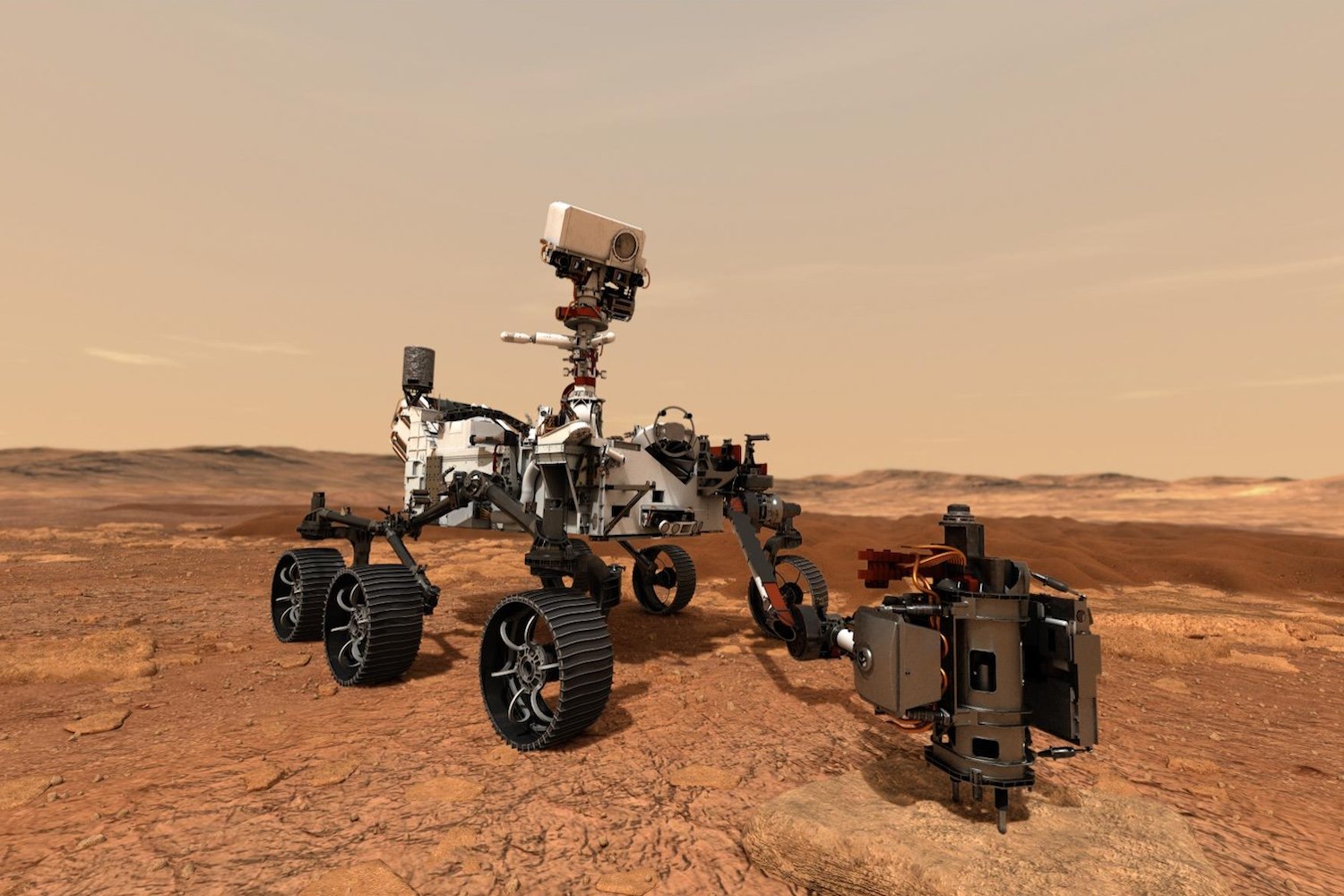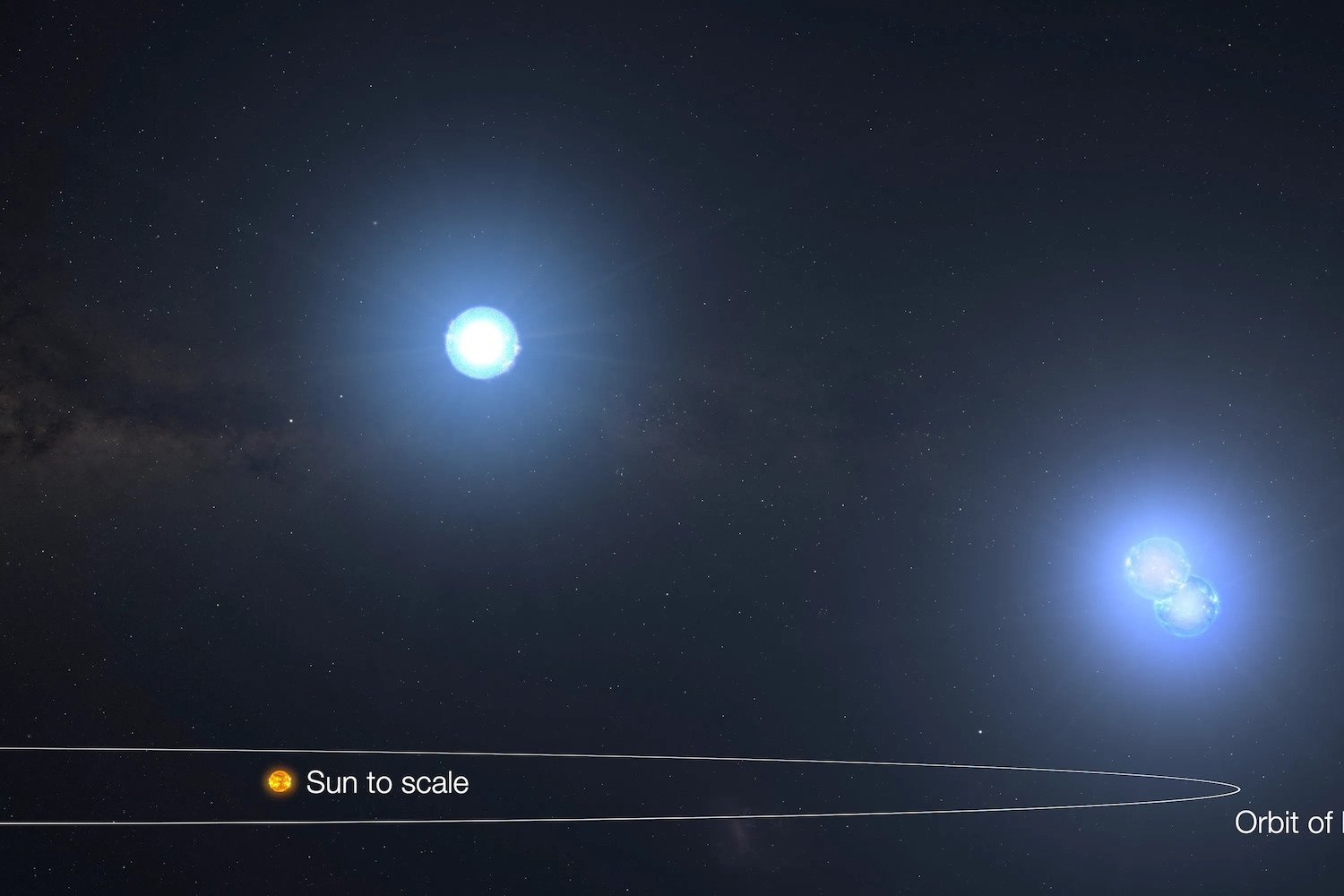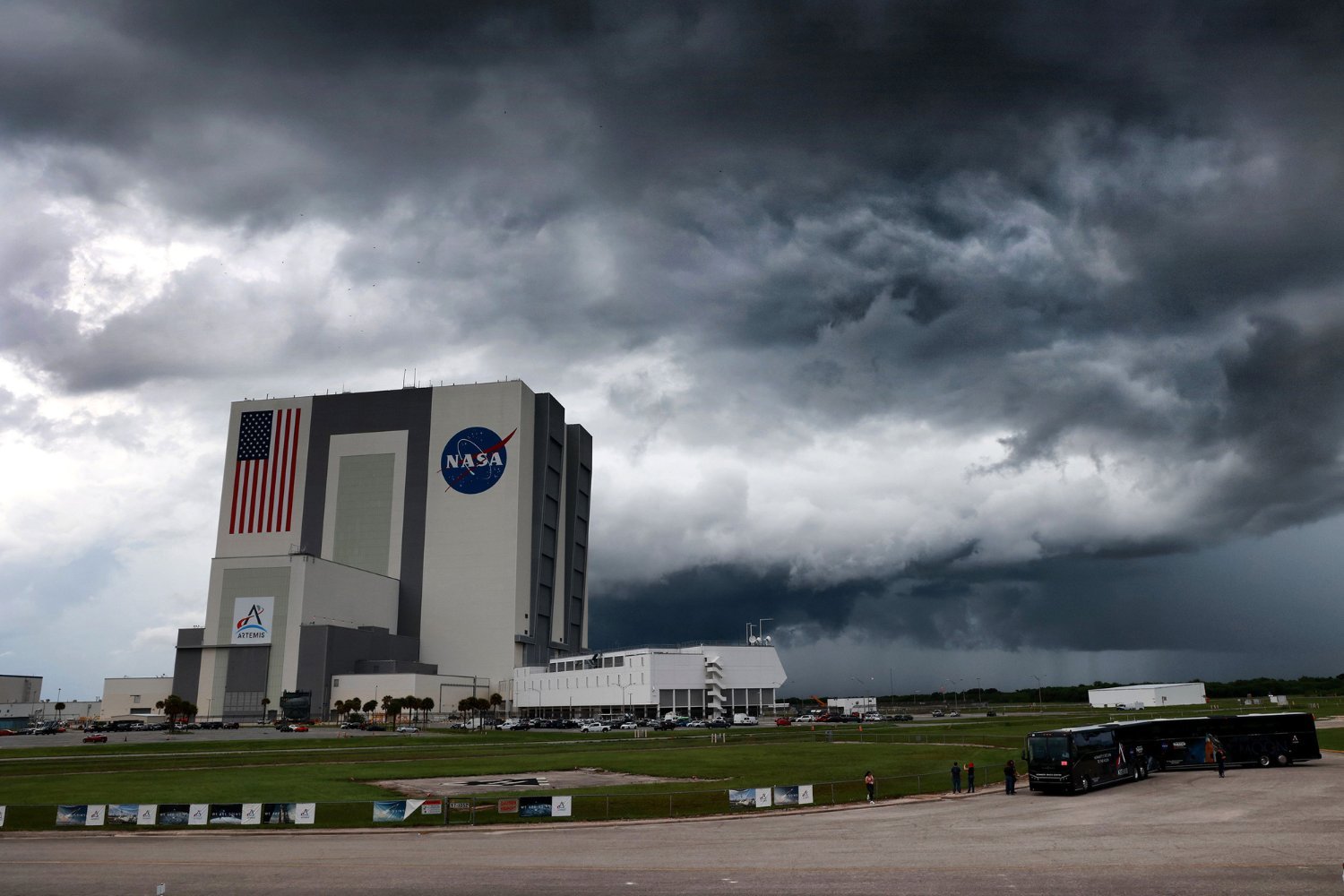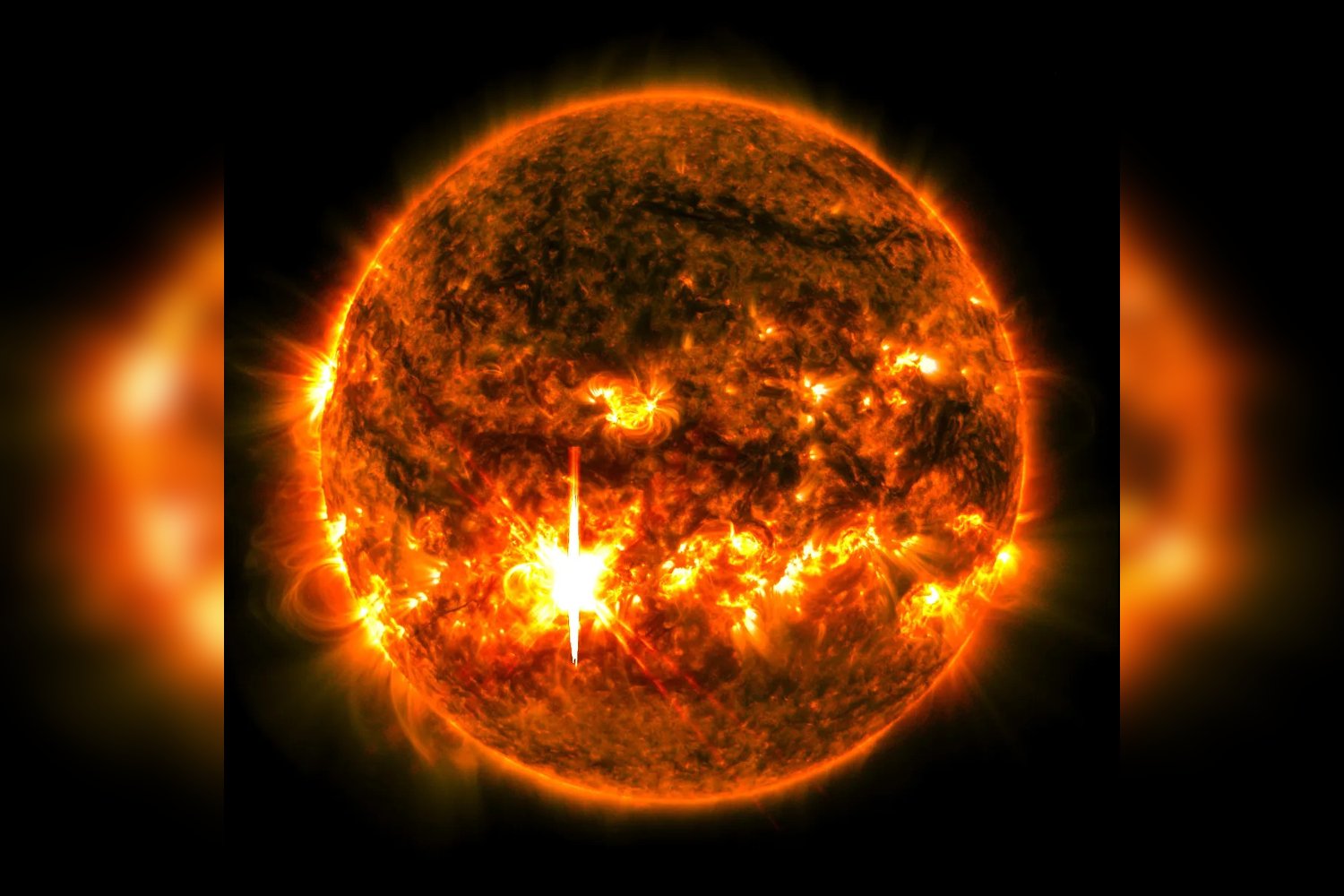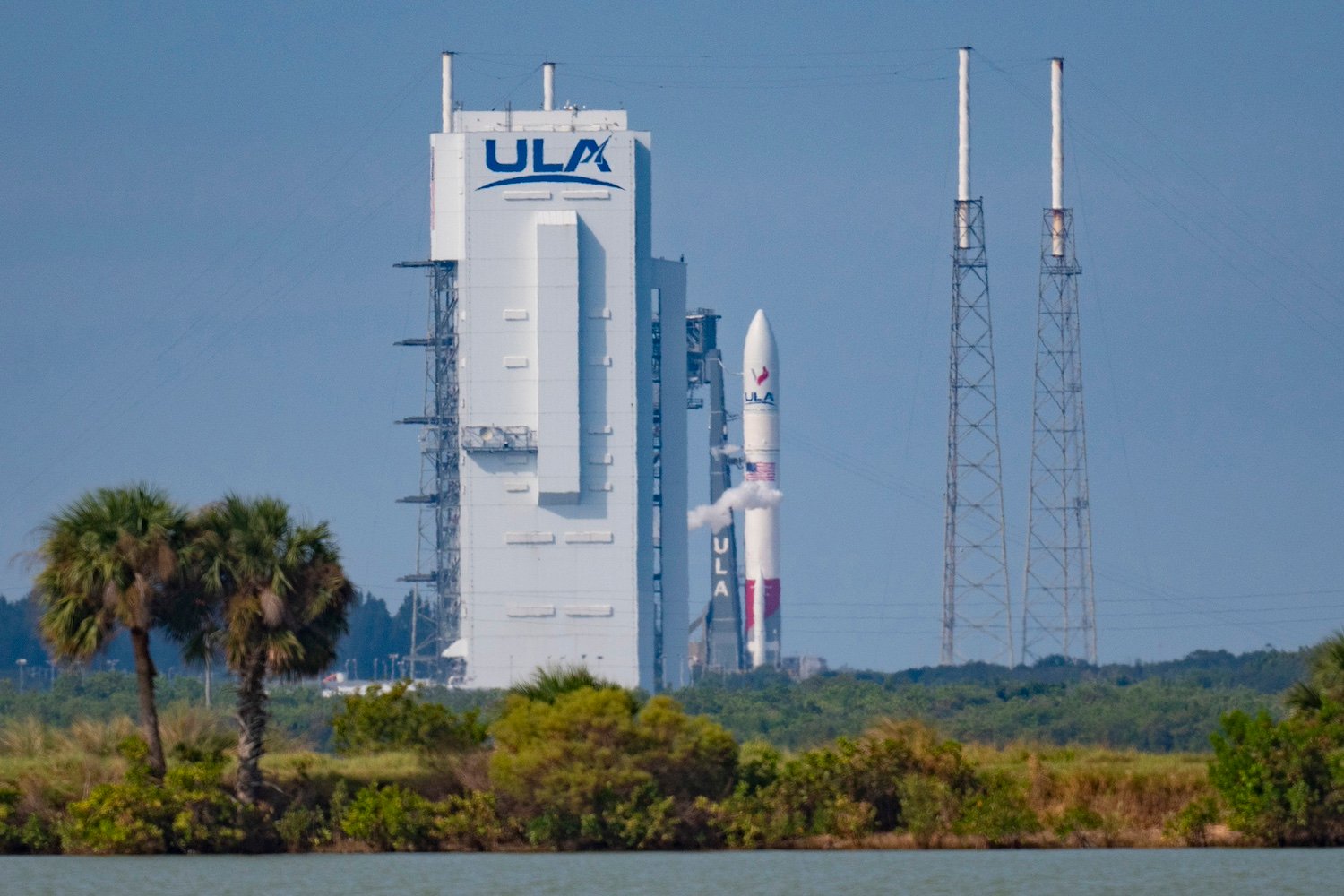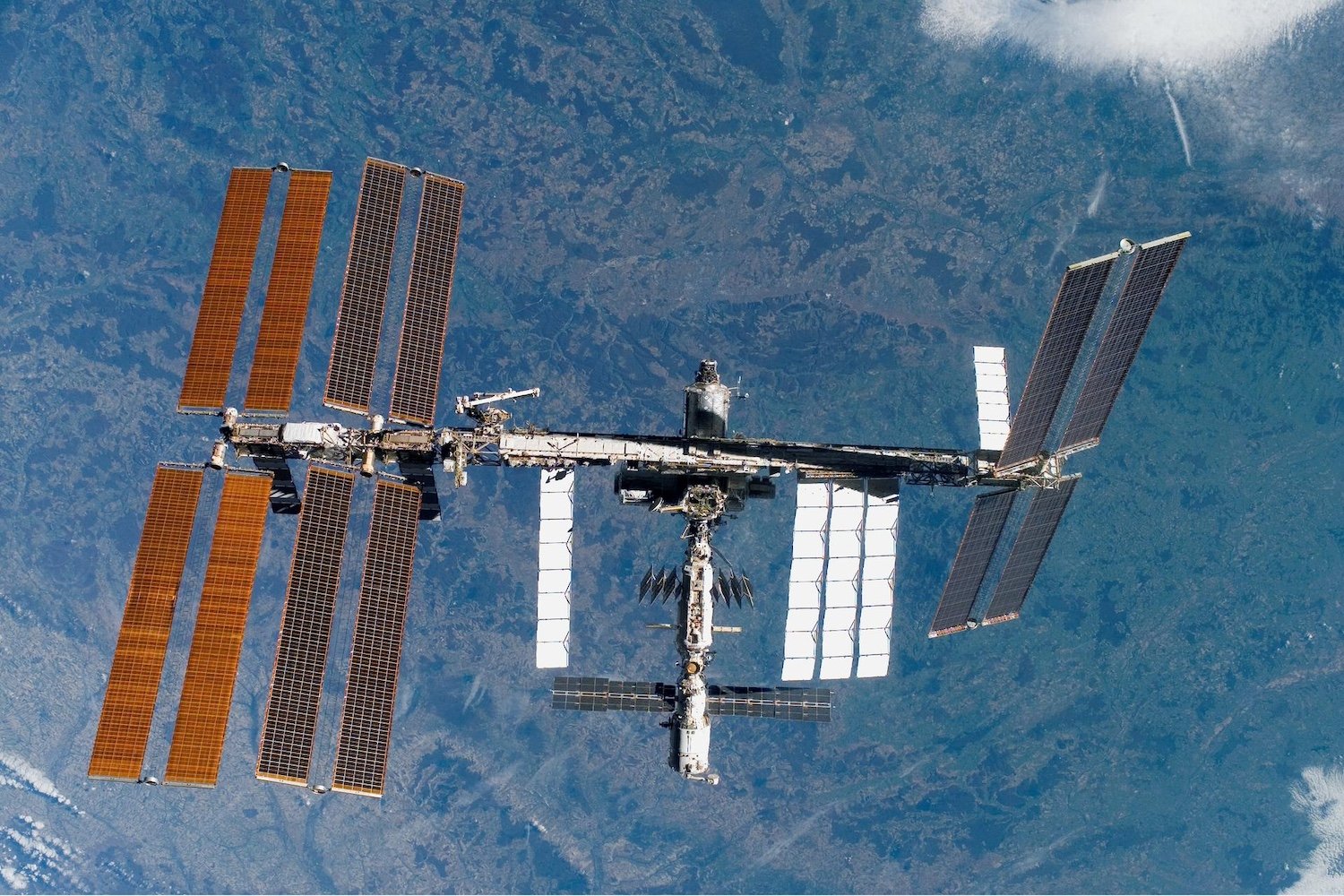A geomagnetic storm, the third in five months, is anticipated to reach Earth today or tomorrow, according to the National Oceanic and Atmospheric Administration’s (NOAA) Space Weather Prediction Center. This follows an X-class solar flare and coronal mass ejection observed on Tuesday. Here’s a breakdown of what you need to know.
Understanding Geomagnetic Storms
Geomagnetic storms are disruptions in Earth’s magnetic field caused by solar activity. Two key solar events contribute to these storms: solar flares and coronal mass ejections (CMEs). Solar flares are intense bursts of light resulting from magnetic activity on the Sun’s surface, like the interaction of magnetic field lines. CMEs, on the other hand, are eruptions of solar material propelled outwards. If directed towards Earth, CMEs can trigger geomagnetic disturbances, ranging from vibrant auroras to potential disruptions in electrical grids and other infrastructure.
As the Sun approaches the peak of its 11-year solar cycle, space weather events tend to intensify. In May, Earth experienced the strongest geomagnetic storm in two decades, resulting in auroras visible as far south as Florida and Texas. This was classified as a G4 storm, prompting the first geomagnetic storm watch alert since January 2005. The upcoming storm is predicted to be less intense, not exceeding a G3 classification, according to the Space Weather Prediction Center.
Solar flares are categorized based on their intensity, from B-class to X-class, with each letter representing a tenfold increase. The Tuesday flare was rated X7.1. Furthermore, NASA’s Solar Dynamics Observatory recorded an even more powerful X9.0 flare this morning.
Should We Be Concerned?
This geomagnetic storm is not expected to cause significant alarm. Predictions range from a G1 event (minor storm arriving today) to a G3 event (stronger storm arriving tomorrow). Potential impacts include disruptions to high-frequency communication bands and radio transmissions, lasting from a few minutes to several hours, as indicated by a NOAA alert.
While NOAA has warned of “limited, minor effects to some technological infrastructure,” the stronger X9.0 flare could lead to “immediate, wider area of strong degradation of signal loss in high frequency (HF) communication bands over much of the sunlit side of Earth.” Those reliant on radio communication should anticipate potential interruptions.
 Illustration of a CME impacting Earth's magnetic field.
Illustration of a CME impacting Earth's magnetic field.
Aurora Viewing Opportunities
The Space Weather Prediction Center’s Aurora Dashboard forecasts aurora visibility across much of Alaska and Canada. There’s also a low probability of auroras appearing in northern parts of the continental United States, including Washington, Idaho, Montana, North Dakota, Minnesota, and Wisconsin. Northern Russia and Antarctica might also experience aurora displays.
Even for those located further south, there’s still a chance to capture auroras. Modern phone cameras possess enhanced low-light capabilities, enabling them to detect auroras even when invisible to the naked eye.
Future Geomagnetic Storms
The Sun, while generally predictable, can exhibit unpredictable behavior. Even during the writing of this article, an even stronger X9.0 solar flare erupted. Predicting the impact of CMEs can be challenging, with scientists often able to characterize their effects only 15 to 45 minutes before arrival.
Increased solar activity is expected throughout this year, next year, and even into 2026 as the Sun continues through its solar cycle maximum. While more geomagnetic storms are anticipated, the precise timing and impact remain uncertain until shortly before they occur.
Conclusion: Geomagnetic Storms and Their Impact
With rare exceptions like the 1859 Carrington Event, geomagnetic storms typically pose minimal disruption to daily life, unless managing satellite operations. As the Sun progresses through its cycle, more geomagnetic storms are inevitable, though their specific effects remain unpredictable. While preparations for potential power outages are always wise, the primary concern with this upcoming storm is limited to high-frequency communication disruptions. For many, the most exciting prospect is the increased chance of witnessing the breathtaking beauty of auroras.



